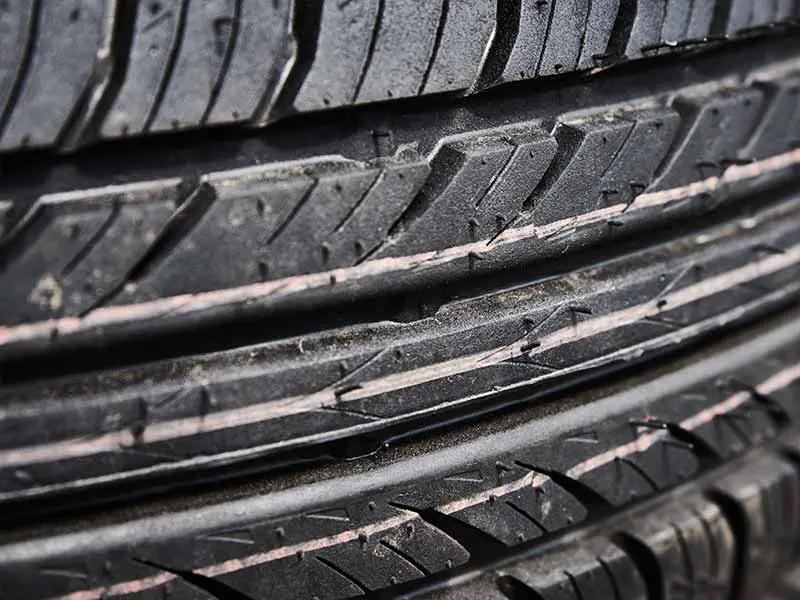If you’re shopping around for new tires, you’ve probably heard the terms “symmetrical”, “asymmetrical”, and “directional” thrown around.
Today, we’re focusing specifically on the advantages and disadvantages of symmetric tire tread patterns and how they stack up to asymmetric and directional designs.
What Are Symmetrical Tires?
Symmetrical tires refer to the tire tread pattern being identical on both sides of the tire’s centerline. Unlike directional or asymmetrical tires, there are no mounting or tire rotation limitations.
These popular and capable tires are more affordable but lack the wet traction and handling improvements of other tread patterns.
In this article, we’ll be taking a closer look at symmetrical tires and what makes them different from their asymmetrical and directional counterparts.
Let’s take a closer look.
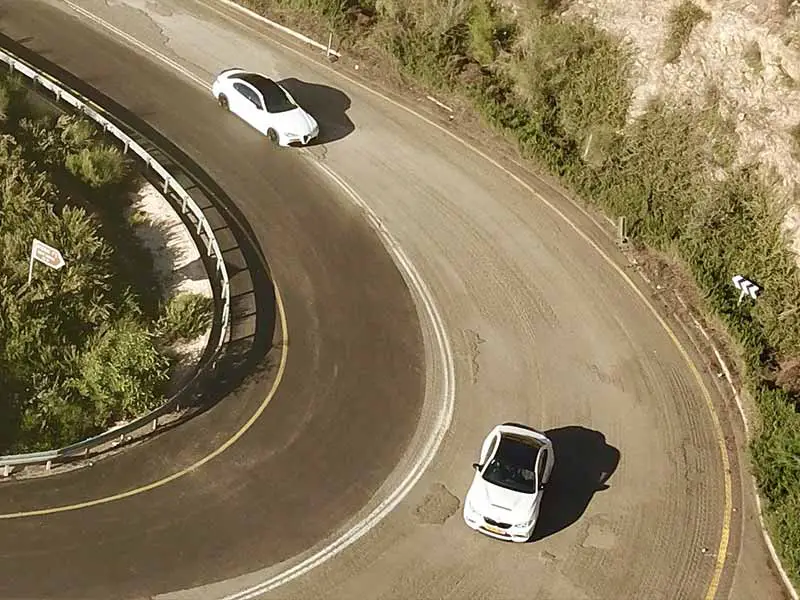
Symmetrical Tires Pros And Cons
Alright, let’s dive into the pros and cons of symmetrical tires. As I mentioned before, these tires have the same tread pattern on both sides, which gives them a few benefits. Let’s start with the pros:
Pros
First and foremost, symmetrical tires offer great all-around performance. They have a balanced design that allows for even wear and good traction on both wet and dry roads. This makes them a great choice for drivers who want a tire that can handle different driving conditions without sacrificing comfort or safety.
Another advantage of symmetrical tires is their affordability. Since they have a simple design and can be mass-produced, they are often less expensive than other types of tires. This can be a big plus for drivers who want a quality tire without breaking the bank.
Cons
Now, let’s talk about the cons of symmetrical tires. One of the main drawbacks is that they are not as good at handling extreme weather conditions, like heavy snow or ice. Their tread pattern is not designed to provide as much traction in these conditions as other types of tires, like winter or all-season tires.
Another potential downside is that symmetrical tires may not offer the same level of performance as specialized tires for specific driving conditions. For example, if you frequently drive on off-road terrain or tow heavy loads, you might need a tire with a different tread pattern or construction.
Overall, symmetrical tires are a great choice for drivers who want a reliable and affordable tire that can handle a variety of driving conditions. Just keep in mind that they may not be the best option for extreme weather or specialized driving needs.
Symmetrical Tires Vs Asymmetrical
As I mentioned before, symmetrical tires have the same tread pattern on both sides, while asymmetrical tires have a different tread pattern on each side. So, what are the pros and cons of each?
Symmetrical Tire Tread Pattern
Symmetrical tires are great for all-around performance, as I mentioned before. They offer even wear, good traction on wet and dry roads, and a smooth and comfortable ride. They’re also usually more affordable than other types of tires. However, they may not perform as well in extreme weather conditions, like heavy snow or ice.
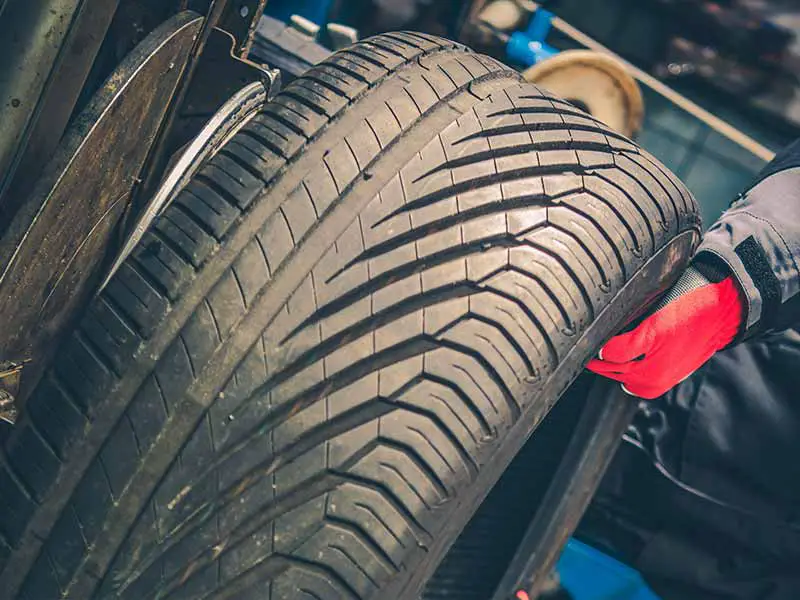
Asymmetric Tire Tread Pattern Benefits
On the other hand, asymmetrical tires are designed for specific performance needs. They often have a different tread pattern on the inside and outside of the tire, which allows them to provide better traction in certain driving conditions. For example, some asymmetrical tires have a more aggressive tread pattern on the outside to provide better cornering performance, while the inside has a more conservative design for better wet weather performance.
Asymmetric Tire Tread Pattern Limitations
One potential downside of asymmetrical tires is that they may be more expensive than symmetrical tires. They also require proper mounting with the correct sidewall facing outward to ensure they perform correctly. Additionally, some drivers may find that the different tread patterns create more noise than symmetrical tires.
Symmetrical Tires Vs Directional
As I mentioned, symmetrical tires have the same tread pattern on both sides, while directional tires have a tread pattern designed to rotate in one direction only.
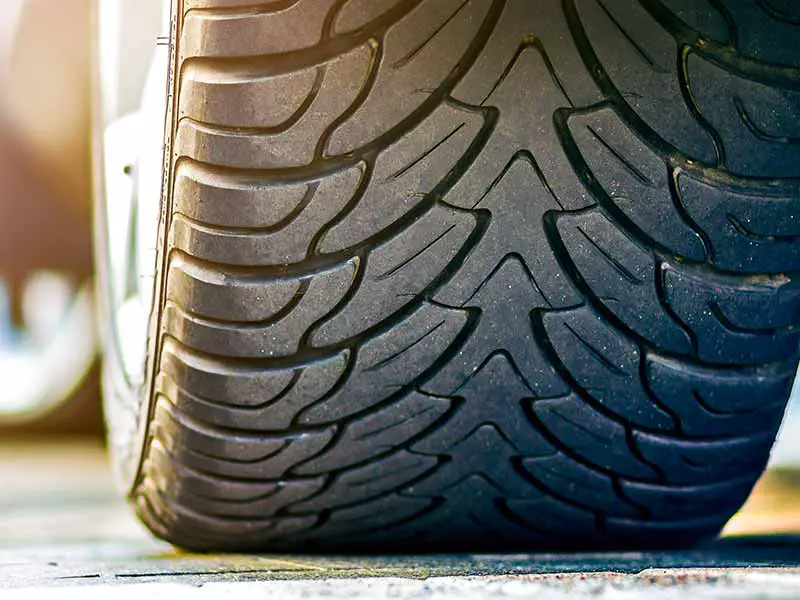
Directional Tire Tread Pattern Benefits
Directional tires are great for handling wet weather conditions, as they are designed to channel water away from the tire’s contact patch. This helps to reduce the risk of hydroplaning and improve traction on wet roads. They also tend to be quieter than symmetrical tires, as their design reduces noise and vibrations.
Directional Tire Tread Pattern Limitations
One potential downside of directional tires is that they can only be mounted in one direction. This means that they can only be rotated front to back, which can result in uneven wear over time. Additionally, their specialized design can make them more expensive than symmetrical tires.
Symmetrical Tire Rotation
Symmetric Tires have no special requirements or limitations when it comes to tire rotation options. If there are no limitations due to the types of tire tread patterns, the best rotation pattern to use depends upon which axle is powered – front, rear, or both.
Rotating your tires regularly can also improve your vehicle’s handling and overall performance. It’s recommended to rotate your tires every 5,000 miles or as recommended by your vehicle’s manufacturer. You should also check the tire warranty requirements and make sure there isn’t a requirement to rotate them more frequently.
How Do I Know If My Tires Are Symmetrical?
One of the easiest ways to tell is to look at the tread pattern on both sides of the tire. You have symmetrical tires if the tread pattern is the same on both sides.
Another way to tell is to look for markings on the tire’s sidewall. Many tire manufacturers will include the word “symmetrical” or the letters “SYM” on the sidewall to indicate that the tire has a symmetrical tread pattern.
If you’re not sure if your tires are symmetrical, you can also look up the tire model online or check the tire’s specifications.
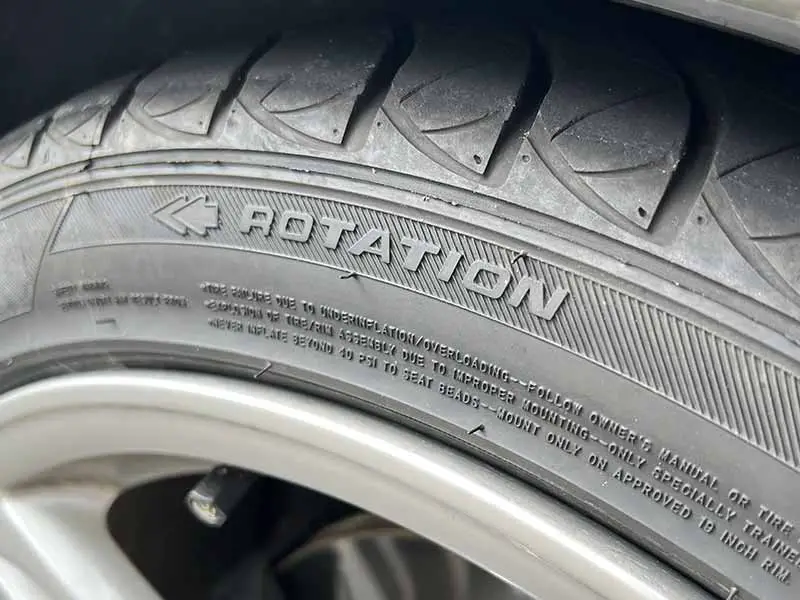
The two other categories of tread patterns are asymmetric and directional. It may be easier to determine if your tires are one of these designs. Asymmetric tread patterns include markings on the sidewall indicating “Inside” and “Outside” so the installer knows which way the tire must be mounted on the wheel. Directional tire tread patterns include markings on the sidewall indicating “Direction” with an arrow so the installer knows which way to mount the tires on the wheel and which side of the car or truck they must be mounted on.
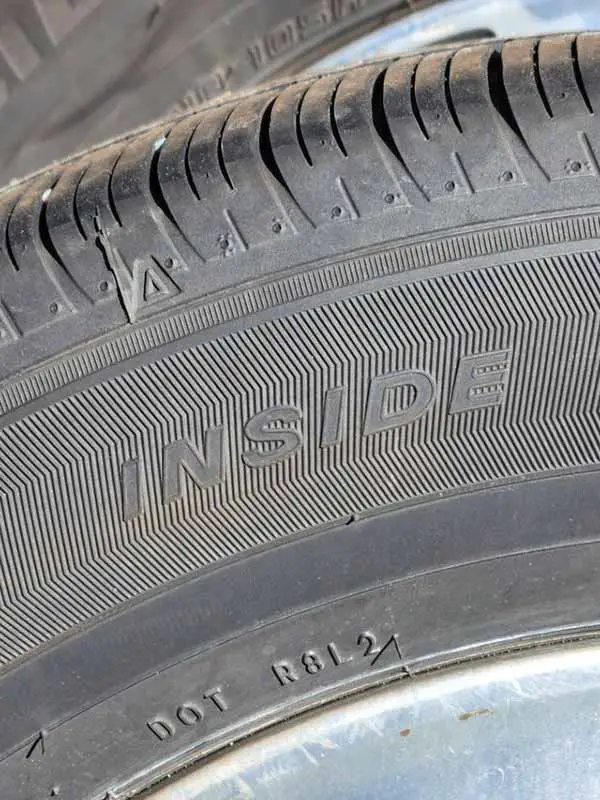
Knowing whether your tires are symmetrical or not can help you determine the best tire rotation pattern and ensure that your tires wear evenly over time. So, take a few minutes to check your tires and make sure you’re using the correct rotation pattern for your vehicle and tire type.
What Are Non-Directional Tires?
Non-directional tires are a type of tire that can be rotated in any direction. They come in two different tread designs – symmetrical and asymmetrical. Symmetrical tires have the same tread pattern on both sides of the tire, while asymmetrical tires have a different tread pattern on the inside and outside edges of the tire.
Symmetrical tires can be mounted and rotated in any direction without any issues. However, they still don’t have any rotation limitations and can spin in either direction and grip the road as designed. As for asymmetrical tires, they do have specific mounting requirements – the inside edge needs to be mounted on the inside of the wheel.
Directional tires are a different story. They have a specific tread pattern that’s designed to work best when the tire is rolling in one direction. This means they have to be mounted on the wheel in a specific way, and once they’re on the wheel, they’ll only work correctly on one side of the vehicle. So, each tire must be mounted to account for which side of the car or truck they will be used on.
Resources
Below are some links you may find helpful when learning about tires
Final Thoughts
To sum it up, symmetrical tires are a popular choice for those looking for a tire that’s versatile and easy to maintain.
With the same tread pattern on both sides of the tire, they can be mounted and rotated in any direction, making them a convenient option for drivers. Thanks to their evenly distributed tread pattern, they also provide excellent grip and handling in various weather conditions.
Whether you’re a casual driver or a performance enthusiast, symmetrical tires can provide a reliable and comfortable ride.
Good luck and happy motoring.
